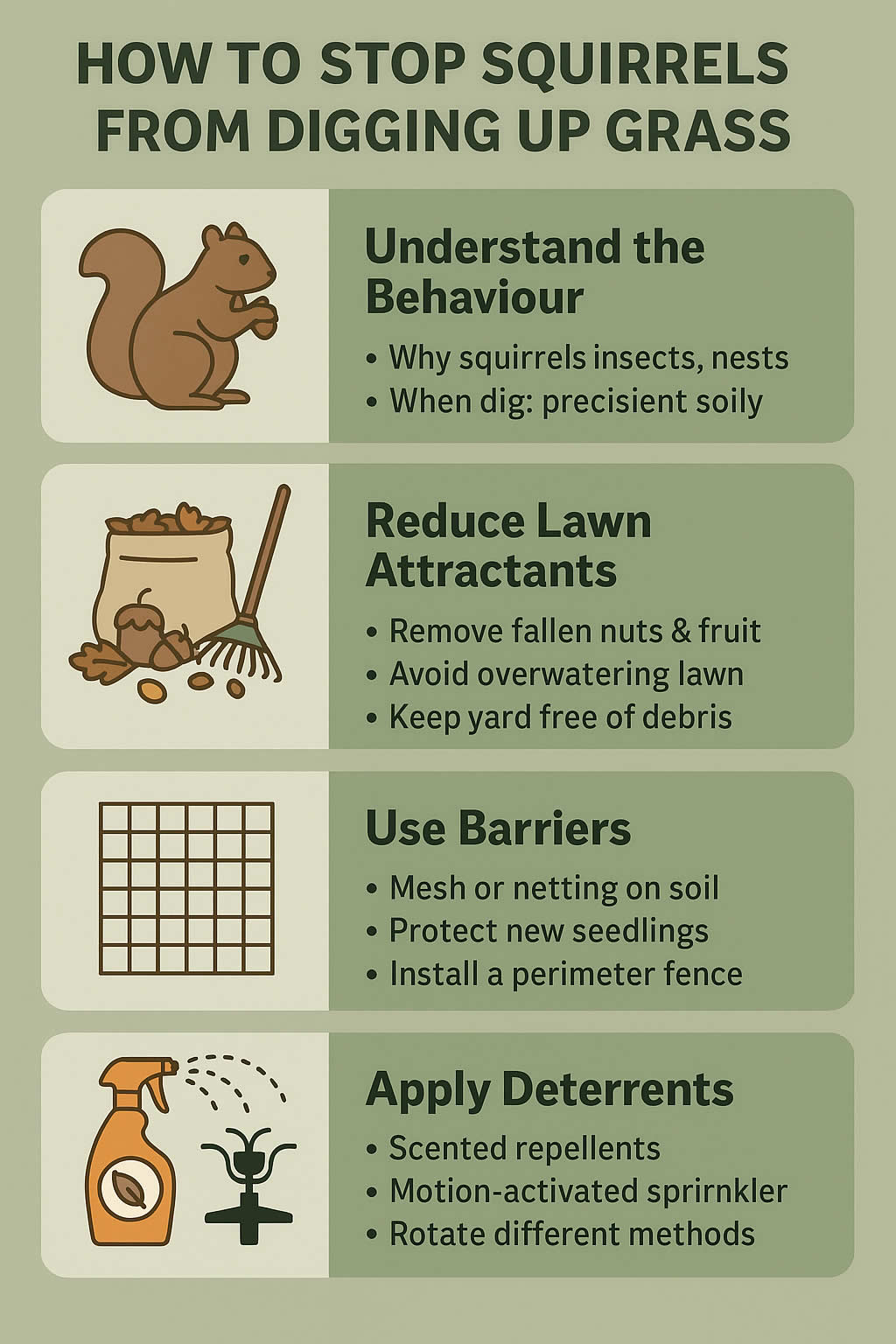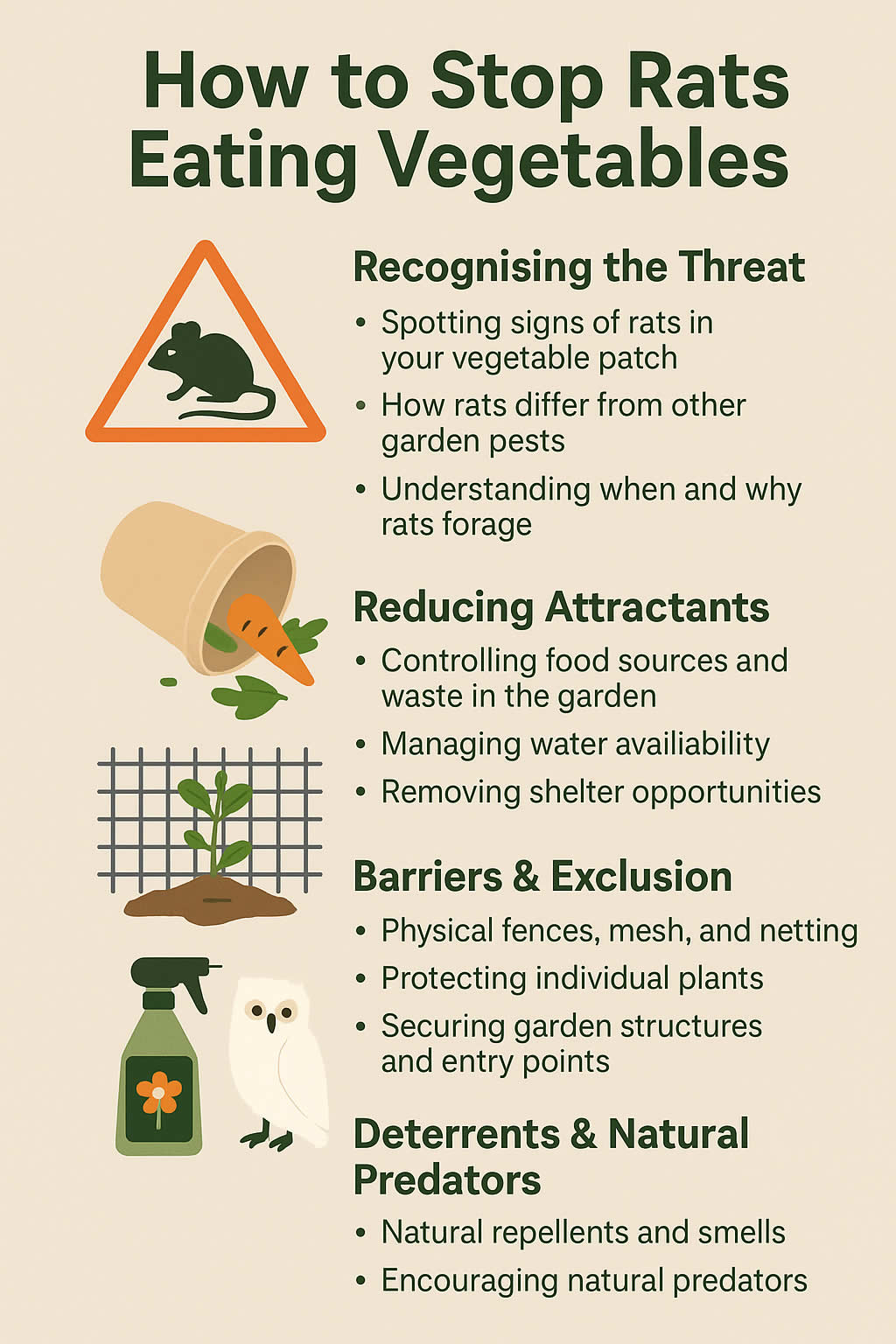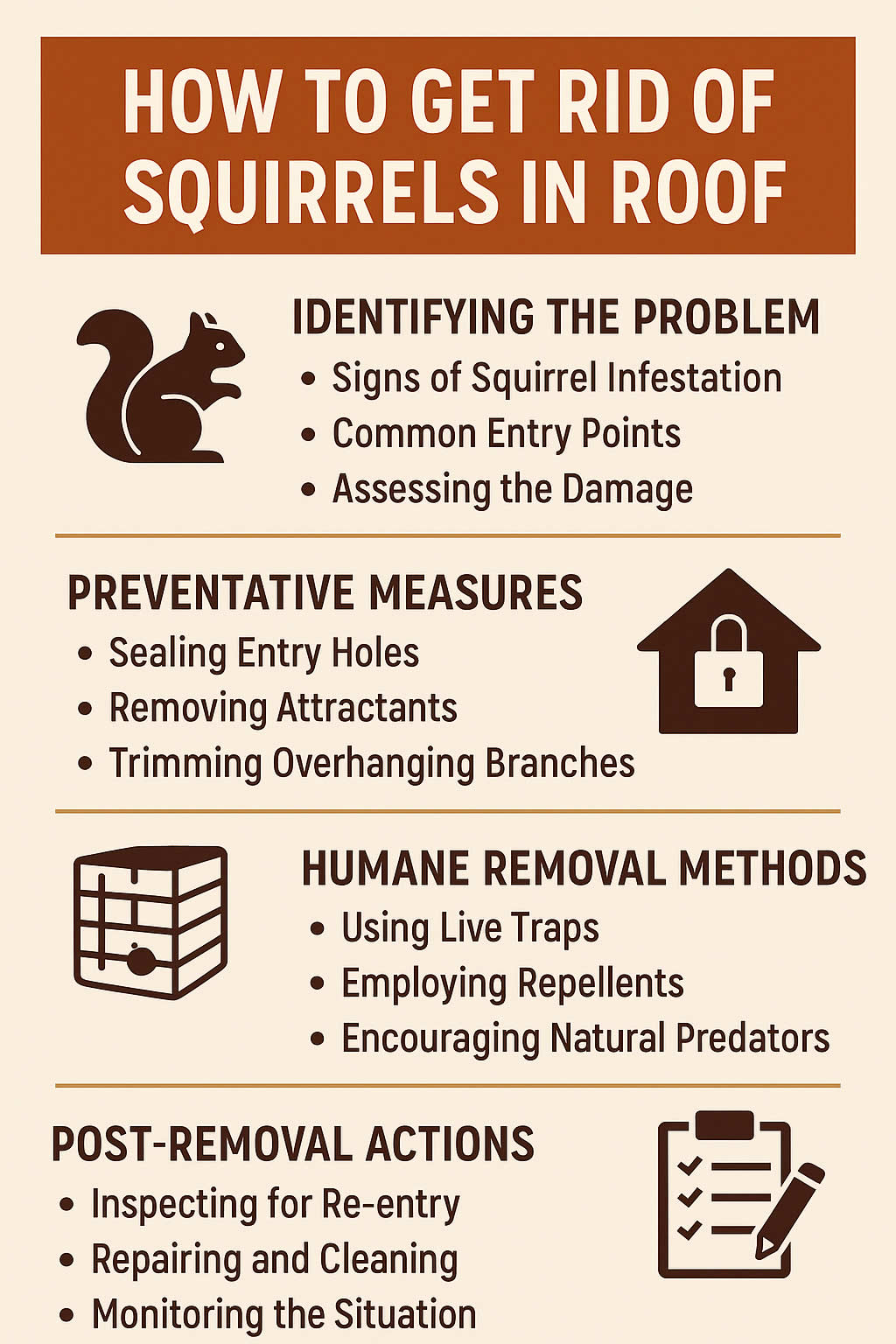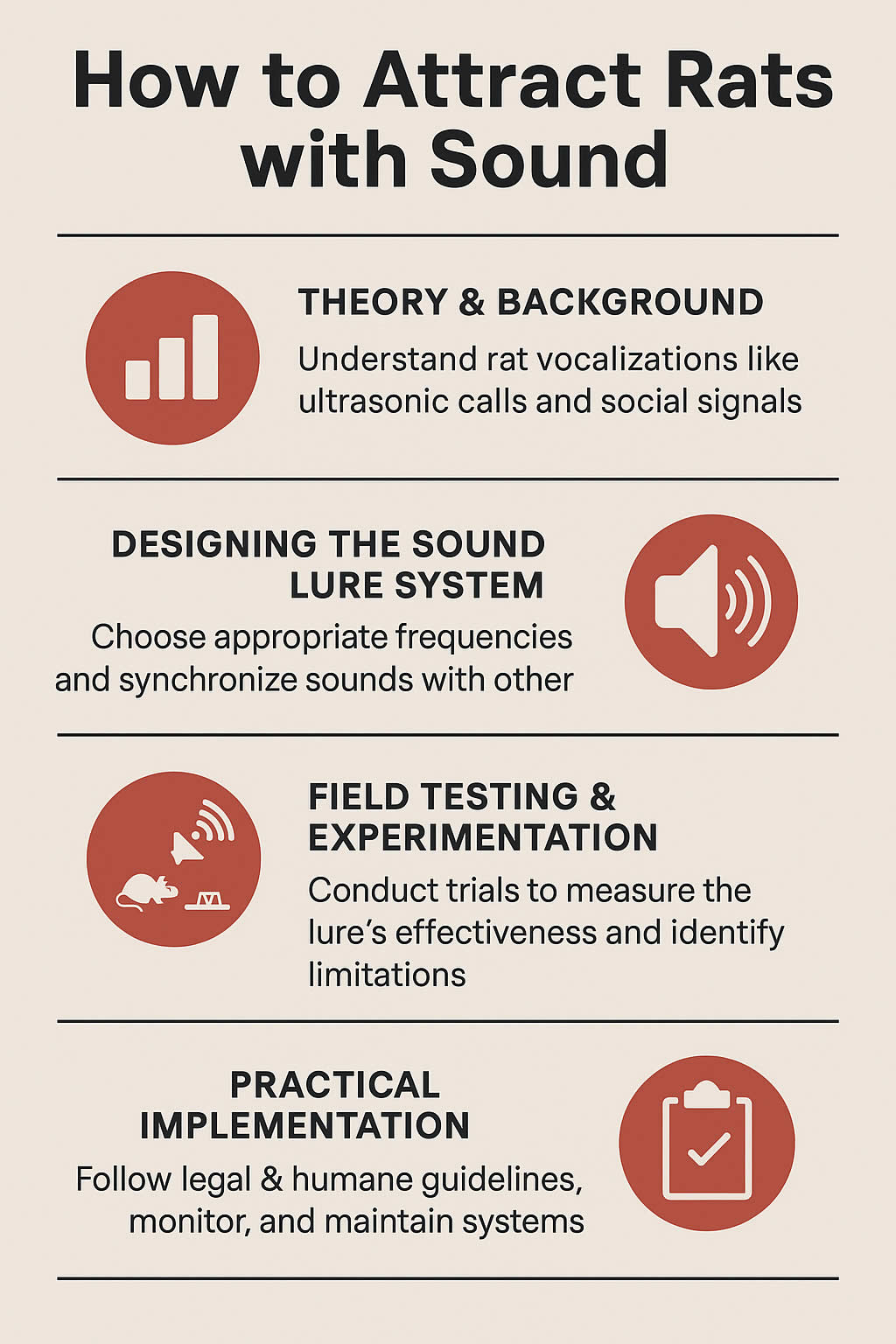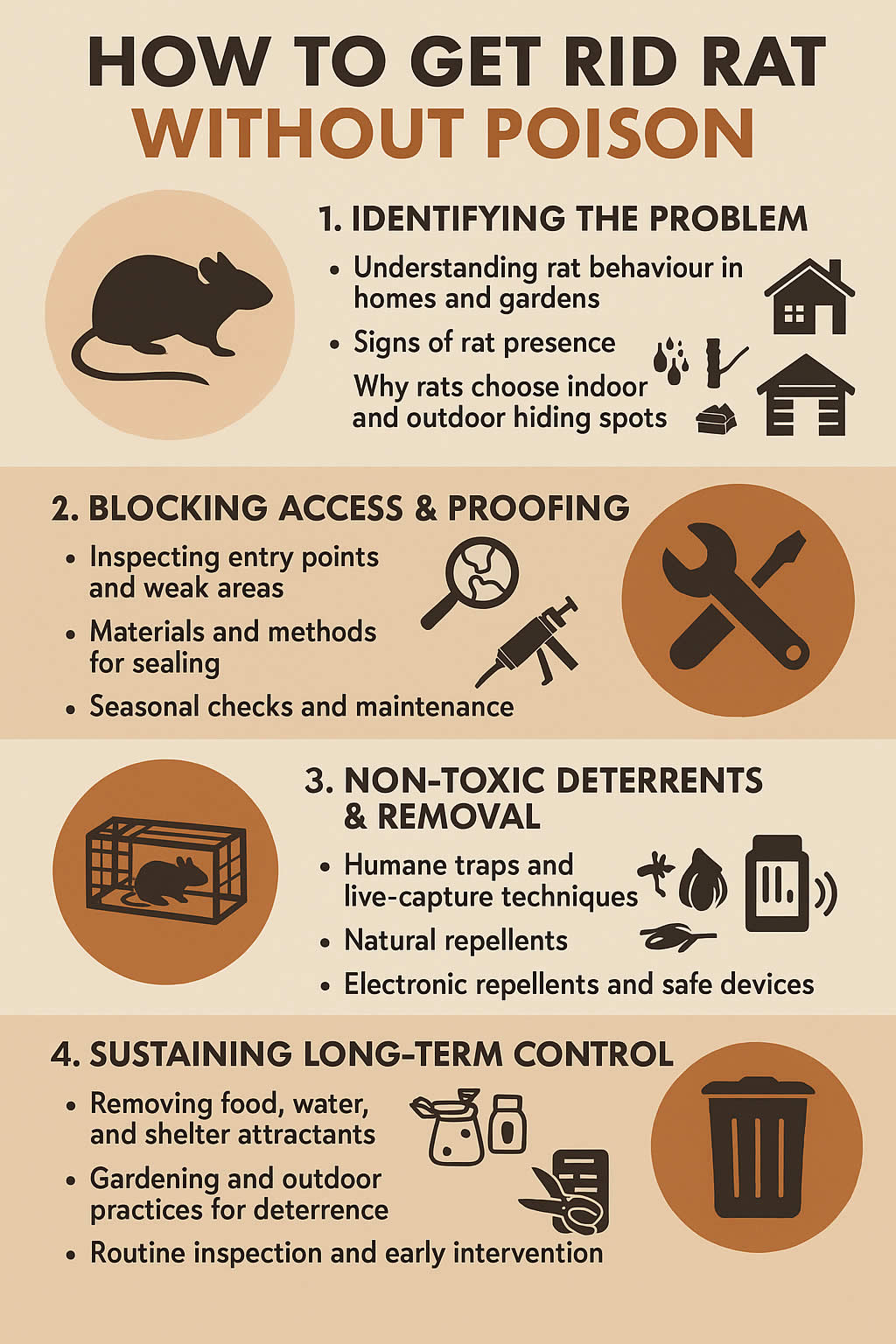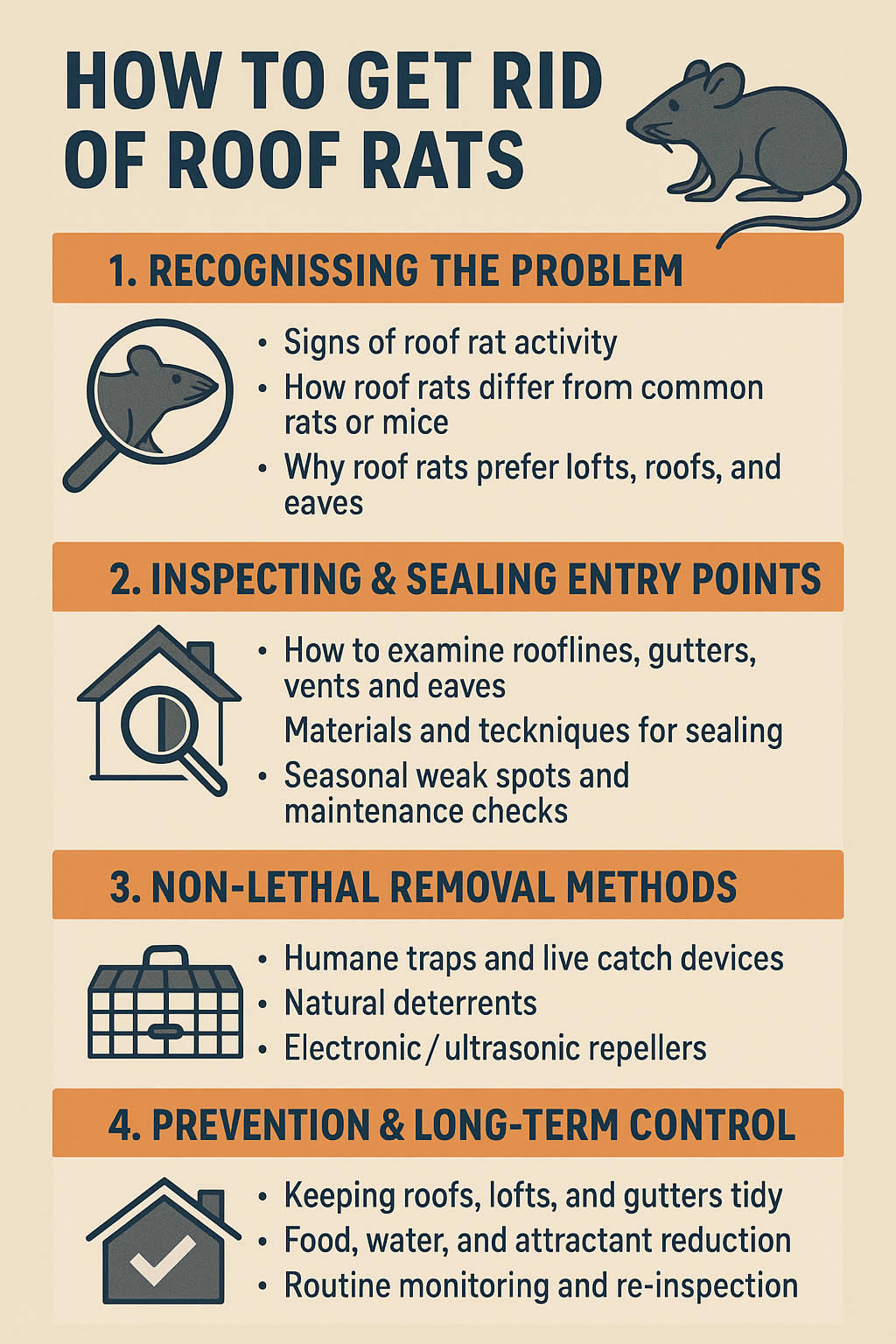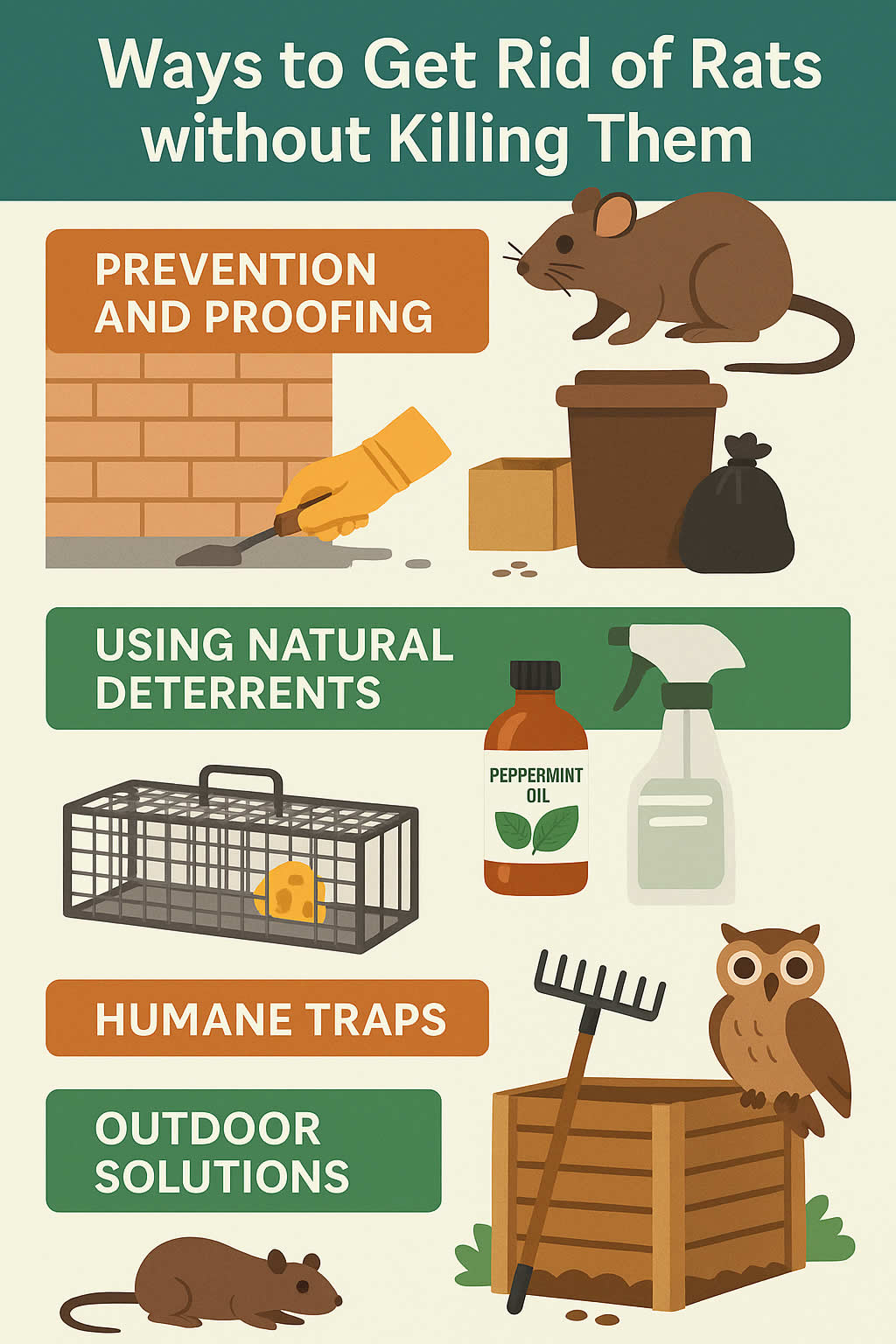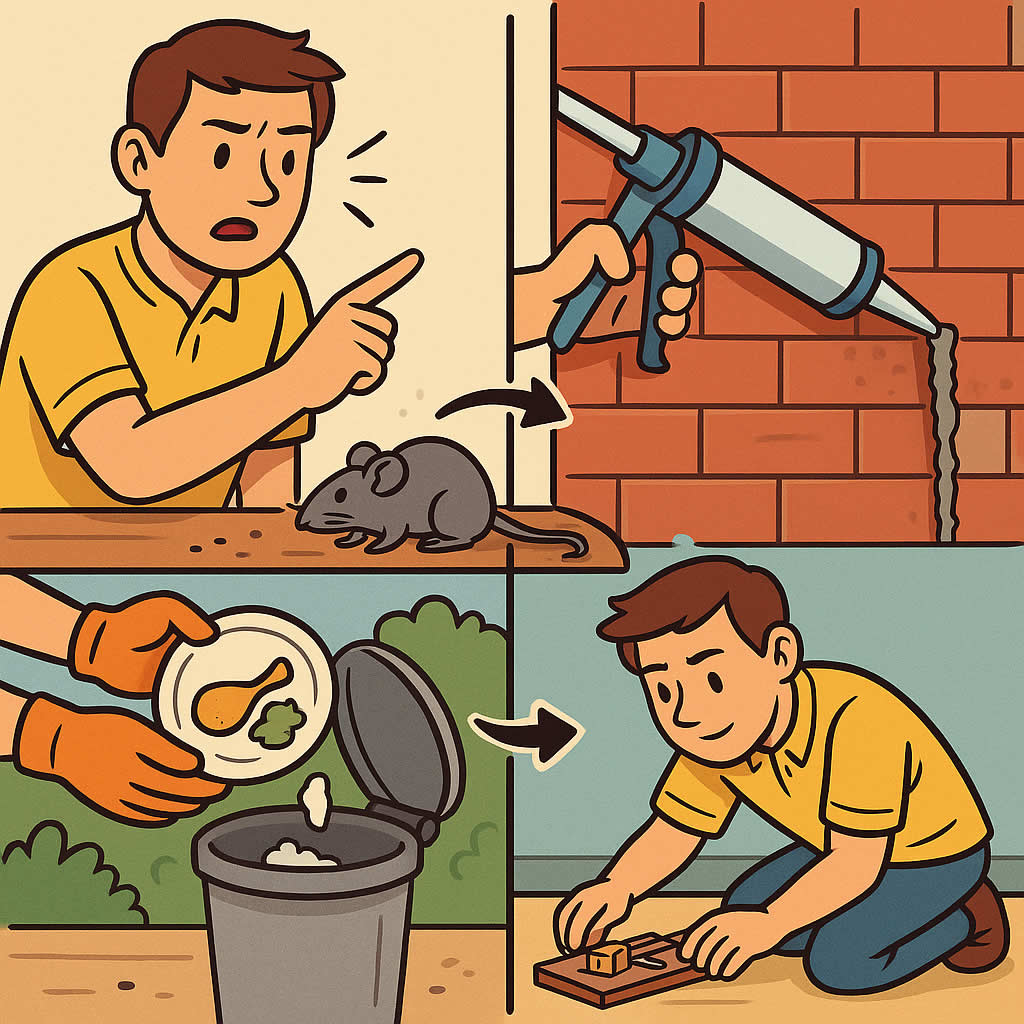Related Queries
ToggleDiscovering rats in your loft isn’t just unsettling—it’s a serious issue that can lead to health hazards, structural damage, and sleepless nights. From gnawed wires to contaminated insulation, these unwelcome guests can cause more trouble than you might expect. But don’t worry—help is at hand.
In this comprehensive guide, we’ll walk you through the essential steps to identify, remove, and prevent rat infestations in your loft. Whether you’re dealing with the telltale signs of scratching noises or have spotted droppings in your attic, our expert advice will equip you with the knowledge to tackle the problem effectively.
Ready to reclaim your loft and restore peace to your home? Let’s delve into the strategies that will help you get rid of rats in the loft once and for all.
How to Get Rid of Rats in the Loft
Before you start dealing with rats, you need to be sure they’re actually there. Rats are sneaky, but they leave clues. Look out for these common signs:
- Scratching Noises: If you hear scratching, scurrying, or rustling sounds coming from above your ceiling, especially at night, that’s a strong hint.
- Droppings: Rat droppings are dark, small, and usually scattered. If you see them in your loft, it’s a clear sign.
- Gnaw Marks: Rats need to chew constantly to keep their teeth in shape. You might see gnawed wires, wood, or even plastic.
- Footprints: If there’s dust in your loft, you might notice little footprints or tail marks.
- Nests: Rats build nests using soft materials like insulation, fabric, or shredded paper. If you find a messy nest in a hidden corner, that’s another warning sign.
Knowing these signs will help you confirm if rats have moved in, so you’re not just guessing.
Why Do Rats Go to the Loft?
Rats are always looking for three things: food, water, and shelter. Your loft can offer all three if it’s not well-sealed. Here’s why rats might choose your loft:
- Warmth: Lofts are often warmer than other areas of your home, making them a cosy hiding spot.
- Safety: Being up high and out of sight means they’re less likely to be disturbed.
- Access: Gaps around roof tiles, vents, or even climbing up walls and drainpipes can let them in.
Understanding why rats are attracted to your loft can help you focus on how to keep them out.
How Do Rats Get Into the Loft?
Rats are excellent climbers, and they’re also very determined. They can enter your loft through various routes:
- Roof Vents: Uncovered vents provide an easy way in.
- Broken Roof Tiles: Even a small gap can be enough.
- Eaves and Fascia Boards: If there are gaps where the roof meets the walls, rats can squeeze through.
- Climbing Walls: Rats can scale brick walls, especially rough surfaces.
- Overhanging Trees: Branches that touch your roof can act like a ladder.
Knowing these entry points helps you figure out where you need to secure your home.
Is It Dangerous to Have Rats in the Loft?
Yes, having rats in the loft can be dangerous for several reasons:
- Fire Risk: Rats can chew through electrical wires, increasing the risk of a fire.
- Health Risks: Rats carry diseases, including leptospirosis and salmonella, which can spread through their droppings and urine.
- Property Damage: They can damage insulation, chew through plastic and wood, and leave foul-smelling droppings.
Because of these risks, you shouldn’t ignore rats in the loft. It’s best to deal with them quickly.
What’s the Best Way to Get Rid of Rats in the Loft?
Getting rid of rats in the loft takes a mix of methods. Here’s a clear step-by-step process:
Inspect and Block Entry Points
- Start by carefully inspecting your loft and the roof for any holes, gaps, or broken tiles.
- Seal these entry points using materials like wire mesh, metal sheeting, or expanding foam. Make sure your repairs are secure because rats can gnaw through weak materials.
- Use snap traps or electronic traps, as they are quick and effective.
- Place traps along walls or in areas where you’ve seen signs of rat activity.
- Use bait like peanut butter, which is very attractive to rats.
Avoid Using Poison (If Possible)
- Poison can be effective, but it has risks. Rats can die in hard-to-reach places, leading to a terrible smell.
- If you do use poison, make sure it’s in a secure bait station and out of reach of pets or children.
Keep the Loft Clean
- Rats are attracted to clutter and soft materials. Remove any piles of old insulation, fabric, or cardboard.
- Regularly clean the loft to discourage them from nesting.
Consider Calling a Professional
- If your infestation is severe, don’t hesitate to call a professional pest control service. They have the expertise and equipment to deal with the problem quickly.
What Should You Do After Getting Rid of Rats?
Getting rid of the rats is just the first step. You also need to clean up properly:
- Disinfect the Loft: Use a strong disinfectant to clean any areas where you’ve seen droppings or urine.
- Replace Damaged Insulation: If rats have nested in your insulation, it might be contaminated and need replacing.
- Continue Monitoring: Even if you think you’ve sealed all the entry points, keep an eye out for any new signs of rats.
How Can You Prevent Rats from Returning to the Loft?
Once you’ve dealt with the rats, your focus should be on making sure they never come back. Here’s how:
Secure All Entry Points
- Regularly check the roof for any new gaps or damage.
- Make sure vents are covered with wire mesh.
Trim Overhanging Trees
- If you have trees close to the house, trim back any branches that touch the roof.
Avoid Storing Food in the Loft
- If you’re using the loft for storage, avoid keeping food or anything that might attract rats.
Maintain a Clean Loft
- Don’t leave clutter or soft materials that can be used for nesting.
Can Rats in the Loft Affect Your Health?
Yes, rats in the loft can pose serious health risks. They can carry diseases, and their droppings can trigger allergies or asthma in some people. The bacteria and viruses they spread can make you very ill. That’s why dealing with a rat problem quickly and thoroughly is so important.
Should You Use Ultrasonic Repellers in the Loft?
You might have seen ultrasonic repellers advertised as a way to keep rats away. These devices emit high-frequency sounds that are supposed to deter rodents. But do they really work?
- Mixed Results: Some people find them helpful, while others notice no difference.
- Not a Complete Solution: Even if they work, they shouldn’t be your only method. You still need to block entry points and keep the loft clean.
If you do decide to try one, make sure it’s suitable for the size of your loft and position it correctly.
When Should You Call a Professional Pest Control Service?
If you’ve tried everything and the rats keep coming back, it’s time to call in the experts. A professional pest control service can:
- Identify and seal entry points you might have missed.
- Use stronger, more effective treatments.
- Offer advice on how to keep your loft rat-free.
Don’t leave it too long. A small rat problem can quickly turn into a big one.
Final Thoughts
Rats in the loft are more than just a nuisance. They’re a serious problem that can damage your home and threaten your health. But with the right approach, you can get rid of them and keep them out for good.
Remember, start by confirming you actually have rats, then focus on sealing entry points, setting traps, and keeping the loft clean. If the problem gets too much, don’t hesitate to get professional help.
By staying vigilant and taking action quickly, you can keep your loft rat-free and your home safe.
Wasp Nest Removal Somerset – Rat Removal Staffordshire – Squirrel Removal Surrey

